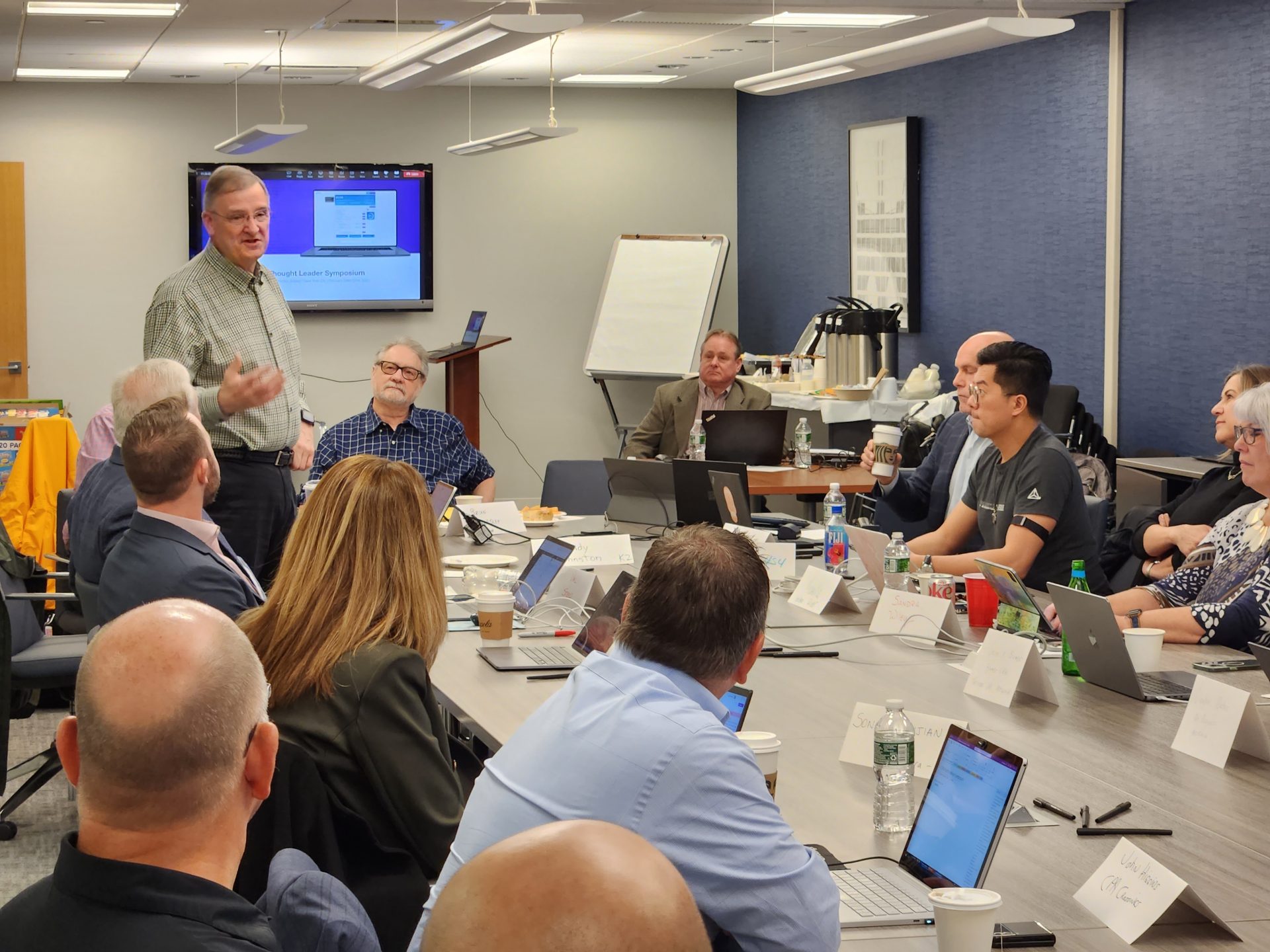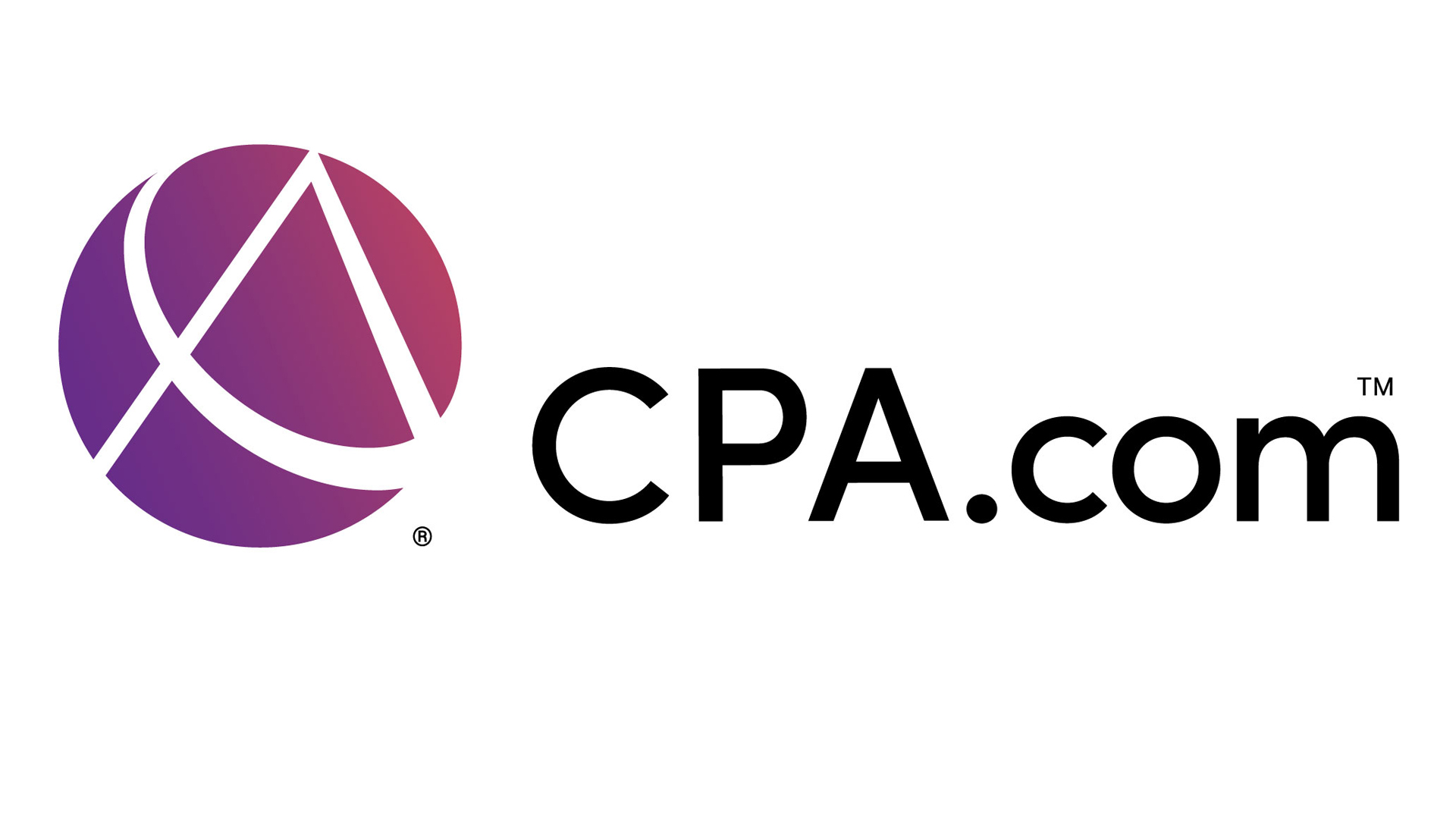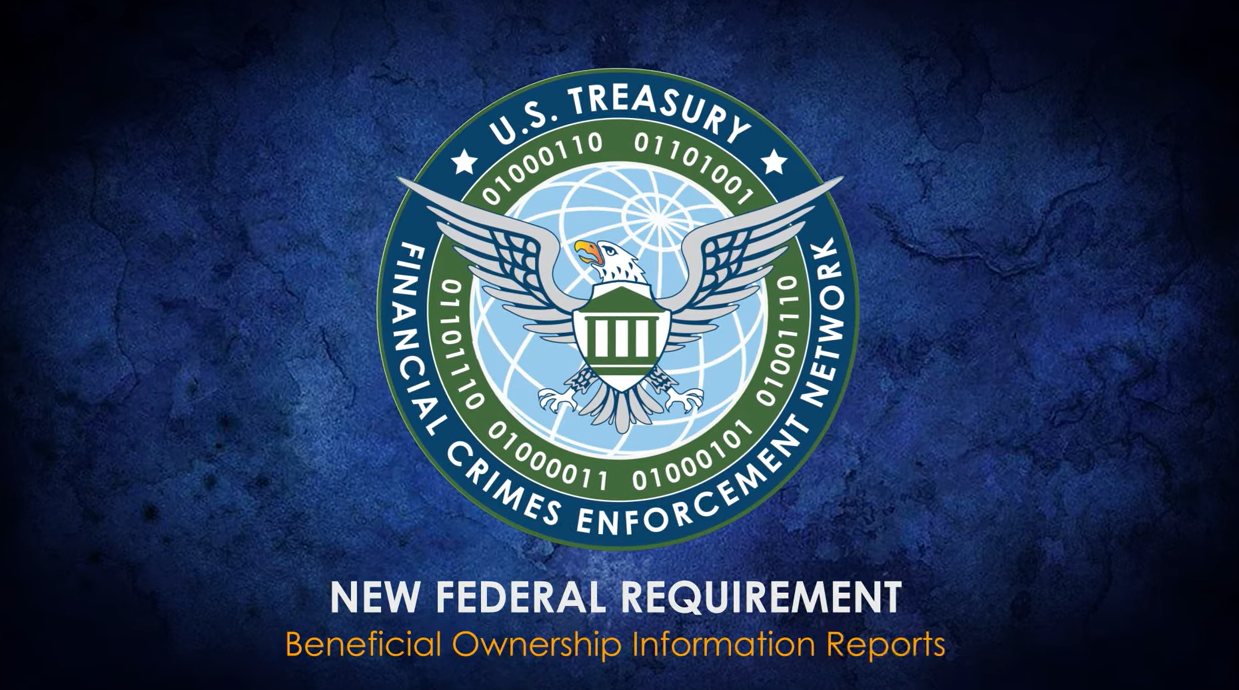A Top Technology Initiative Article – March 2023. By Randy Johnston.
You know your local market and target clients better than anyone else. So can we make technology observations about your work environment and what to expect? I think so since we are carefully watching the macro environment while you watch your micro conditions. In this year of discussing and rebuilding technology stacks, I was pleased to be invited to the Top Thought Leaders Symposium in New York City on February 20-22, 2023.
My colleague Brian Tankersley and I both attended, and we picked up new ideas from our fellow consultants to the profession. Further, you’ll see some of our learning in The Technology Lab podcasts and new CPE materials.
Throughout the Thought Leader meeting, there were many private one-on-one discussions. In addition, presentations were given on Corvee Tax Planning by Andrew Argue and ChatGPT by Becky Livingston. Other providers to the profession represented included Zoho’s CPA program by Val Steed & Nathan Rodgerson and Avalara by Sona Akmakjian & Brian Austin. The list of consultants to the profession that attended is here.
What Are the Trends That Can Affect Your Practice and Tech Stack?
As you would expect, staffing and recruitment were the number one issues. Unfortunately, we do not see people shortages being resolved anytime soon, and most firms have taken the approach that outsourcing is the short-term answer. We collectively were concerned that taking so many accounting professional jobs offshore could eventually result in higher costs for all. The outsourced providers could hold the profession over a barrel by charging exorbitant rates when that time came. Unfortunately, we don’t think that time is that far off because people shortages will continue. We don’t see enough automation improvements to address the scarcity through technology automation.
Several other trends became apparent during the event, reinforcing my observations from the past year. Several significant trends were pretty obvious. Among those was the use of artificial intelligence and machine learning. The presentation reemphasized this on ChatGPT by Becky Livingston. Clearly, the ChatGPT tool was not quite ready for prime time, but it was certainly capable and would augment CPA professionals’ expertise.
Some results were stunningly good, and others were erroneous such as the report of my associate Doug Sleeter’s death (not true!). Further, my bio was inaccurate, as were several other biographies we checked. However, the interpretation of critical regulations and laws was summarized quite well and would give a good starting place for anyone trying to do research. Finally, it was clear why the adoption rate of ChatGPT was over 100 million subscribers by January 2023.
Another topic of discussion was the influence of private equity and venture capital across the CPA profession for both firms and software publishers. The investments in the firms allowed the exit of successful partners where retirement programs partners had not funded. However, one of the group’s concerns was what would happen with firms and software applications that reach the five-year magic flip timeframe of most funds. Since we haven’t reached that point yet, it is clear that we will have to wait to see the positive or negative outcome. However, in the meantime, the funding is being used as a capital raise. This capital will give the firms that have taken venture capital or private equity money a competitive advantage as they invest in technology. So perhaps it’s time to consider investing more in your firm. That means you may have less take-home revenue in any given year while you invest in your firm’s future.
The tax planning session conducted by Andrew Argue on Corvee was well done. He explained why a tax advisory service in your firm is a reasonable extension of your existing expertise. The methodology, the feature set, the ease of use, and the new planned features of this particular platform indeed show promise. This coming year, significant announcements are expected to make their platform even more valuable to practitioners who perform tax compliance services. We concluded that tax planning should have a different name because so many professionals think of it as estimated payments when it should be a strategic advisory service that merits additional fees.
Finally, the round table discussions on various topics in the profession led to observations and suggestions that all consultants are likely to use throughout the coming year. A variety of us had made the same observations that the economy was strong, yet confidence was weak, leading to inconsistent results in client businesses. Some businesses were robust, while others showed weak revenue and profitability.
We also discussed at some length the 150-hour requirement and portability of CPA credentials. We recognize that dropping the requirement from 150 to 120 hours would cause operational issues for CPA professionals practicing in multiple states. The length of time that it took to get the portability of a CPA credential was about 20 years. We concluded that it might take 20 years to unwind it based on the state legislatures that had to be involved.
What About the Technology?
The overarching macro-environmental conditions led to the technology portion of our discussions. First, we discussed the impact of the major providers, including Wolters Kluwer, Thomson Reuters, Intuit, and IRIS. We noted that each vendor’s service level had dropped over the last two to three years. Service level decline was a concern, but we didn’t have a logical solution to the problem other than a reduction in the workforce.
However notable were the improvements in the various offerings, including performance capabilities, completeness of the platforms, and other notable features that should help all practitioners in the coming years. Third-party products such as Liscio and Suralink also made the list of effective professional tools. Others were discussed that were not effective. I follow the “grandma rule,” that is, if you don’t have something nice to say, don’t say anything at all. You’ll note in my columns if you are interested in a product that I never mention, that should say something to you.
We also discussed client accounting services (CAS) platforms, including those that provided advisory capabilities. The primary leaders were the stacks from Intuit with QuickBooks Online, Xero, IRIS’ Accounting Power, AccountingSuite, and Sage Intacct. In addition, supporting tools such as Dext, Hubdoc, Corpay One, BILL/Divvy, SmartVault, and payroll providers were vital to most practices today.
Finally, a most interesting outcome was that no significant innovative technology tools surfaced at this meeting. Oddly enough, most years, I tend to learn of 1-2 or more tools that I’ve never heard of before, but this time, in this meeting, that did not happen. So we will have to do the work separately to make you aware of up-and-coming tools that should be in your kit. One thing to be mindful of was that most attendees focused more on reducing the number of tools rather than increasing them for simplicity. And frankly, we agree with that approach.
So, What’s the Outlook?
In a word, bright. Across all the consulting professionals and active practitioners present, it was clear that opportunities were still abounding. Client demand is high, and the clients’ expectations are also high. As a result, we can choose to provide services that clients want at prices that we deem to be reasonable. Because of that, you should feel good about your practice in 2023 and beyond. So please focus on the clients’ needs and solve them as best as possible, including new-generation technology stacks.
Thanks for reading CPA Practice Advisor!
Subscribe Already registered? Log In
Need more information? Read the FAQs





